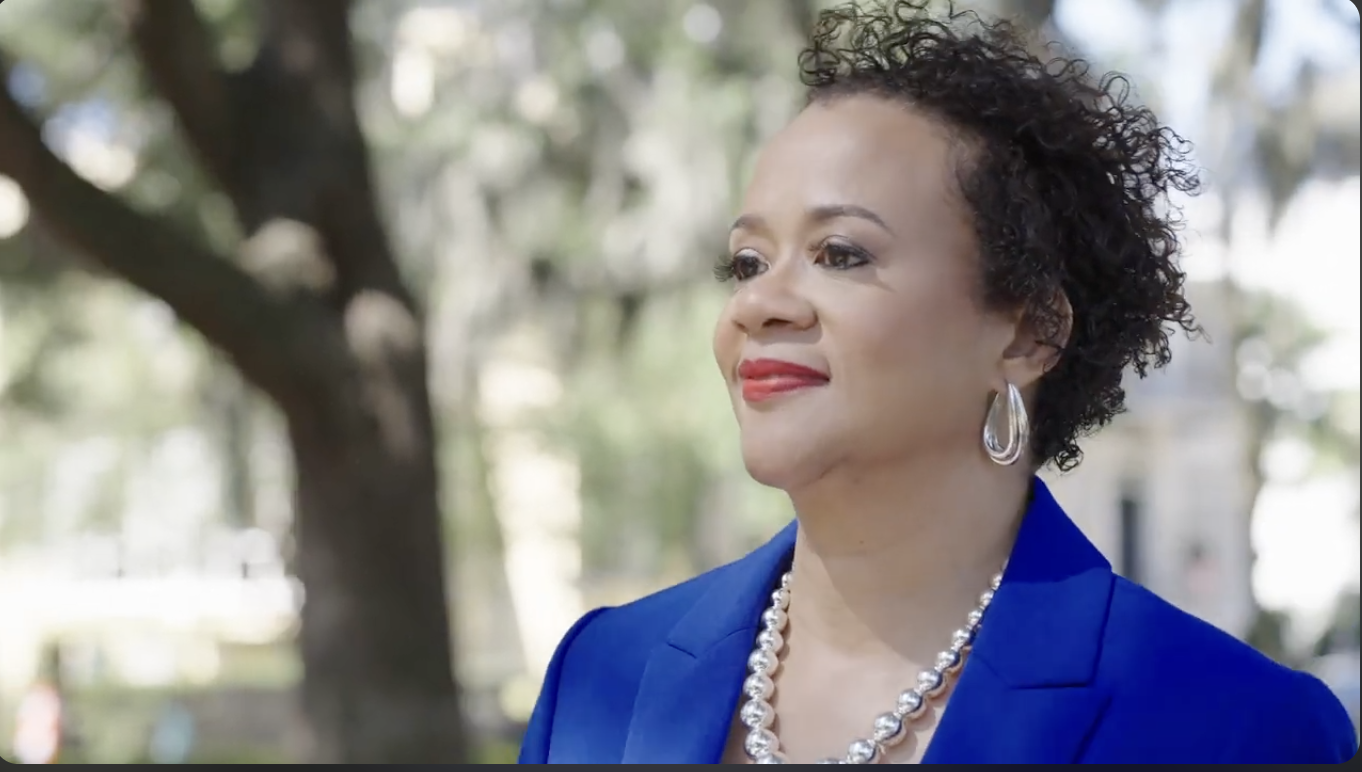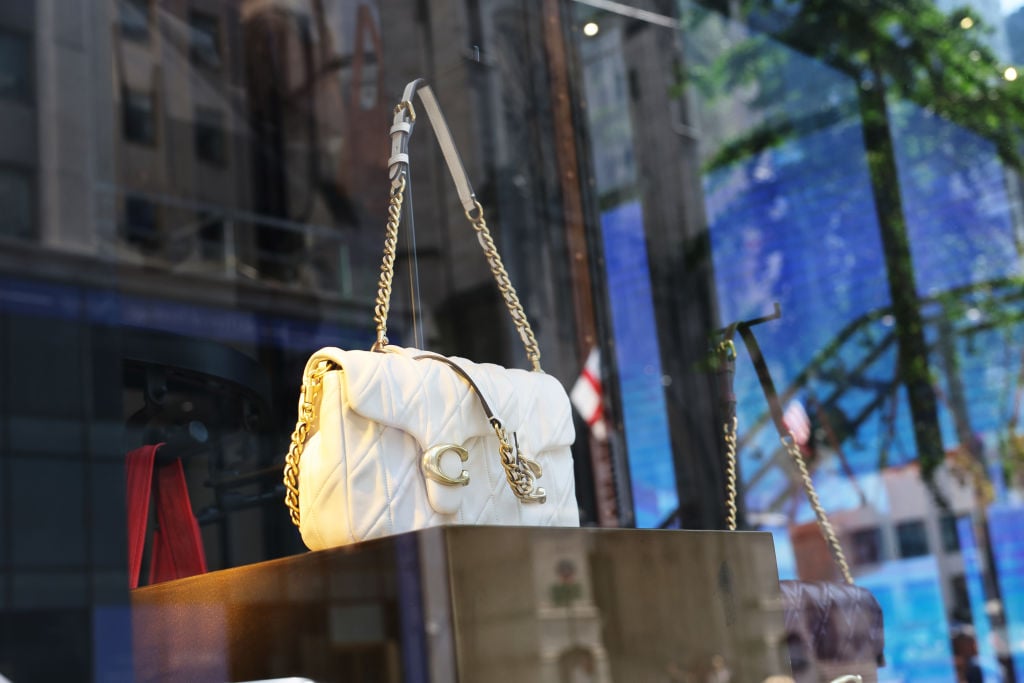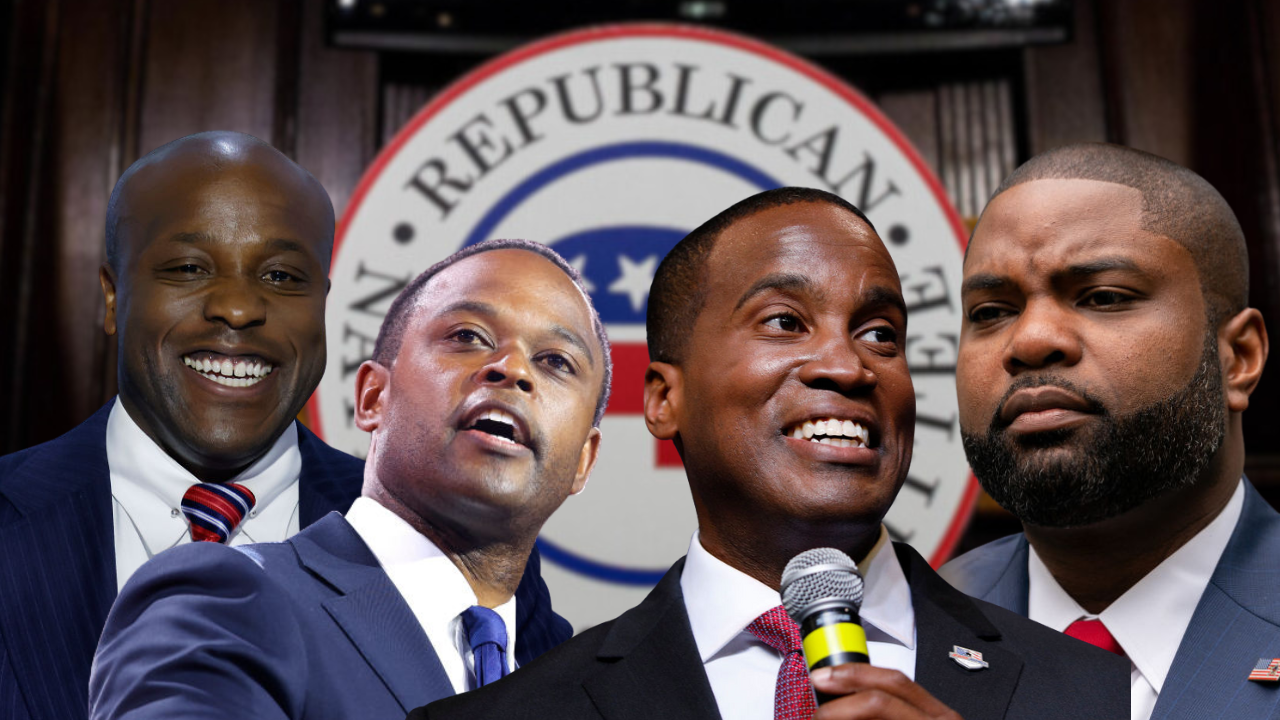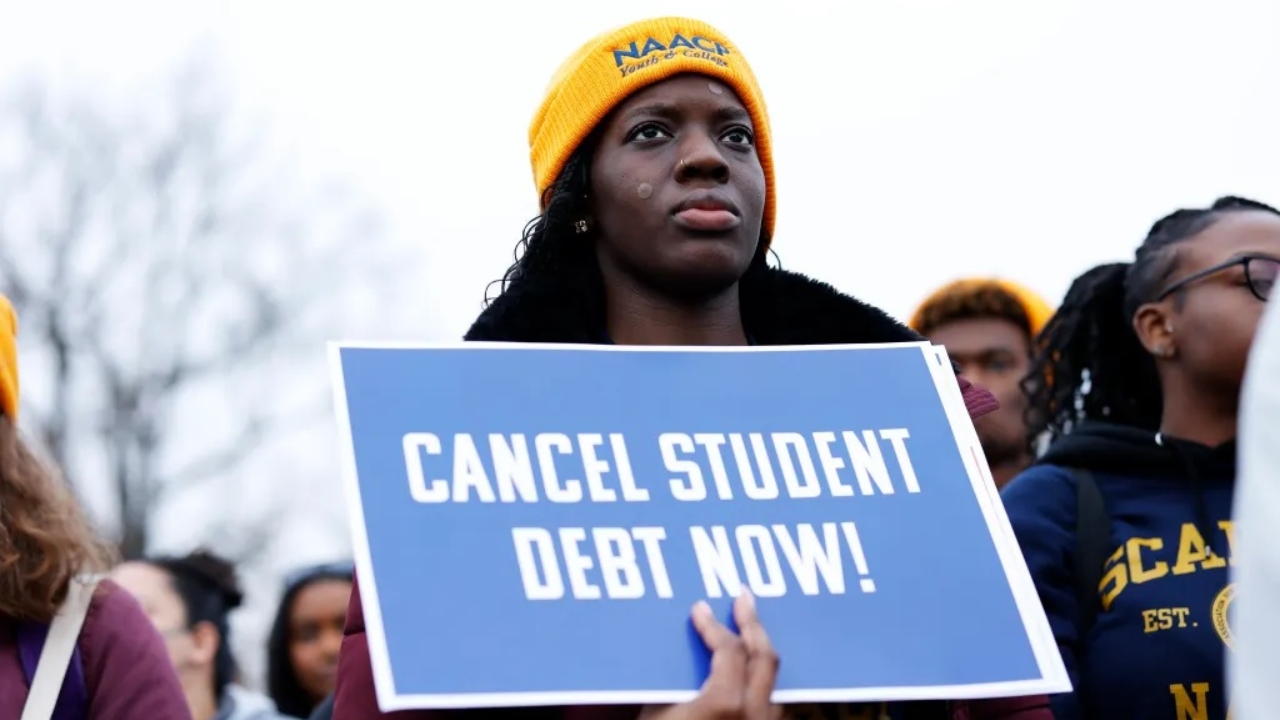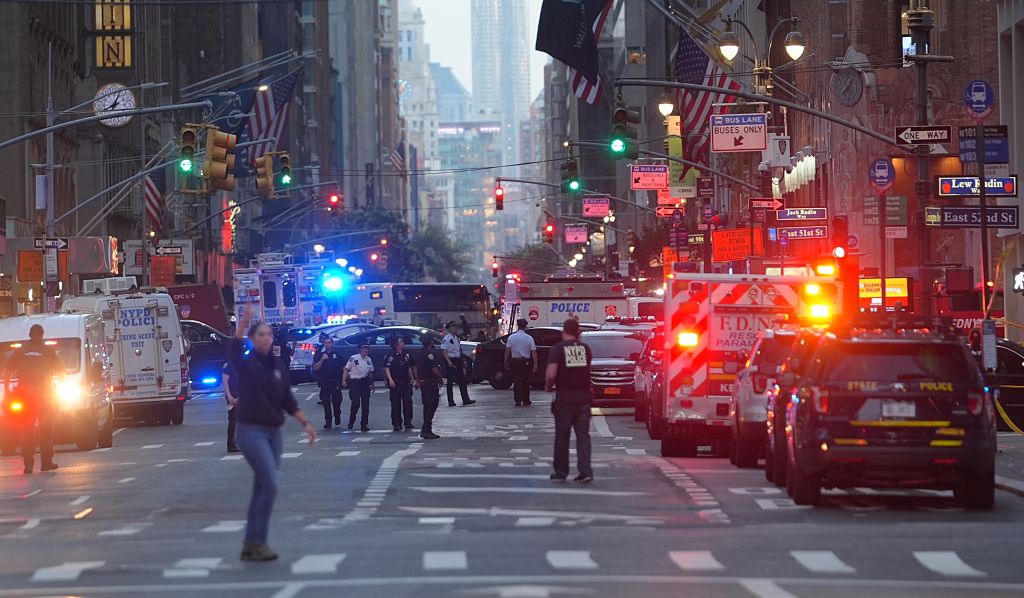Hurricane Katrina 20 Years Later: Community, Ownership & Traditions
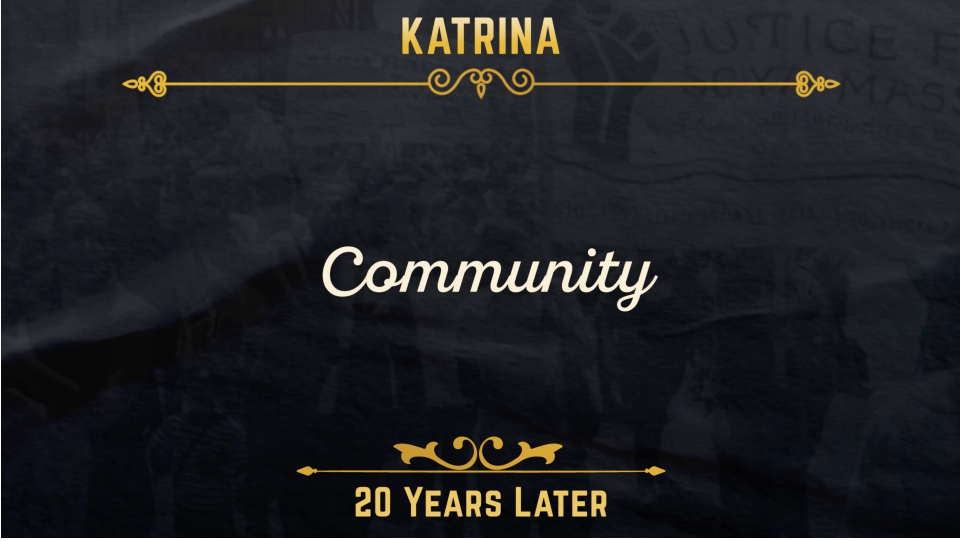
In New Orleans, community isn’t just a word—it’s a way of life. Long before Hurricane Katrina tested the city’s resilience, places like Congo Square stood as a gathering site for Black traditions like music, dance, and the spirit of resistance. Throughout the 19th century, Congo Square played a substantial role in the development of jazz as well as a spiritual base for Black New Orleanians. Even after the storm scattered neighborhoods and misplaced families, the rhythms of Congo Square still echo as loud as ever, reminding the world that culture is survival.
Just a mile and a half away, anchoring the same tradition of ownership and preservation is Le Musée de f.c.p.—a house museum dedicated to the legacy of free people of color. The museum is a safeguard for stories of Black resilience, entrepreneurship, artistry, and legacy—something that no Hurricane could ever wash away.
Twenty years later, these institutions prove that while the storm may have reshaped a lot of New Orleans, it could not erase the Black traditions that bind a people together. Congo Square is still the heartbeat of the city, and Le Musée de f.c.p. ensures the history is never forgotten. True community endures through the memory, culture, pride, and perseverance—the very spirit of New Orleans.
Join NewsOne as we explore New Orleans’ community, ownership and traditions twenty years after Hurricane Katrina.
SEE ALSO:
Hurricane Katrina 20 Years Later: Culture & Passing The Baton
Hurricane Katrina 20 Years Later: Food Culture & Legacy
What's Your Reaction?
 Like
0
Like
0
 Dislike
0
Dislike
0
 Love
0
Love
0
 Funny
0
Funny
0
 Angry
0
Angry
0
 Sad
0
Sad
0
 Wow
0
Wow
0




